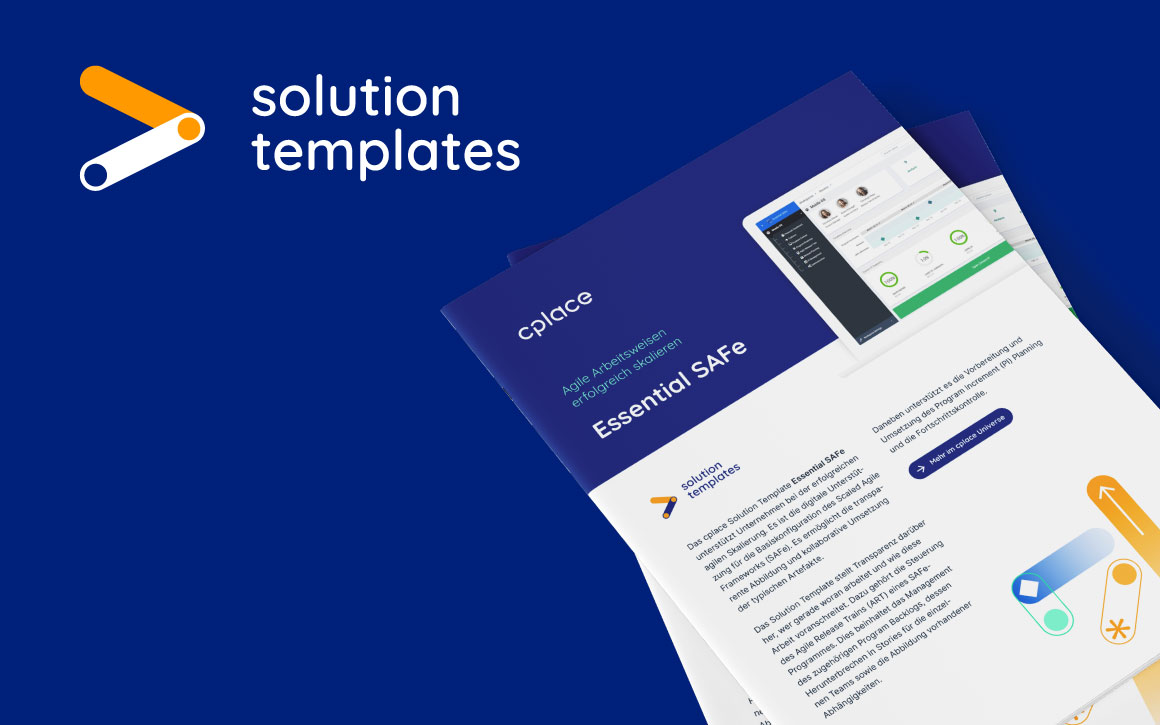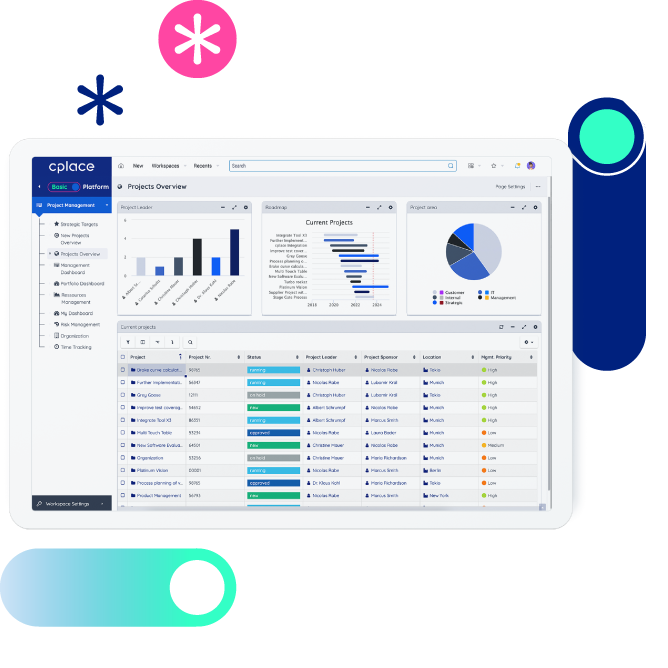Scaling

Scaling
Scaling and scalability – what’s the difference?
Scaling goes back to the Latin word “scalae” for stairs or ladder. Basically, the term means an adaptation to changed scales, i.e. a change in size.
Accordingly, scalability is understood as the ability to grow or shrink, depending on requirements.
How to make a scaling?
Depending on the context, scaling requires different procedures. For example, if you want to scale a pixel graphic, artificially created pixels are added, which often leads to loss of quality and blurriness. Vector graphics, on the other hand, can be scaled arbitrarily by adjusting the algorithm.
In IT, scaling either happens by creating more resources (scale in) or by adding more instances (scale out). For example, a database can be scaled to a specific number of queries so that it works effectively and quickly throughout.
What does it mean to scale a business?
In business management terms, scaling means that a company grows without the need for major investments or higher fixed costs. This increases both the company’s sales and its profits.
In this context, scalability means the ability of a business model to expand.
Whitepaper: Successfully Scaling Agile Ways of Working
Learn how Essential SAFe helps organizations successfully scale agile in our free whitepaper.
Download Whitepaper
When is a business scalable?
To be able to scale a company successfully, the business model ideally has the following characteristics:
- low fixed assets (“asset light”).
- no or few physical capacity limits due to production facilities or limited resources
- low fixed costs
- high proportion of variable costs
- extensive automation of processes and workflows
- expansion into other countries and markets
- strong marketing and sales strategies
How do you scale a company?
In order to successfully scale a company, the procedures, work methods and processes used to date are examined, analyzed and optimized. This includes both classic and agile working methods. Thus, one speaks of “agile scaling” when the agile work of individual teams is scaled to the entire organization of the company. Appropriate modifications create a learning organization that can constantly evolve and become more efficient. As individual as each company is, so is the respective agile scaling.
